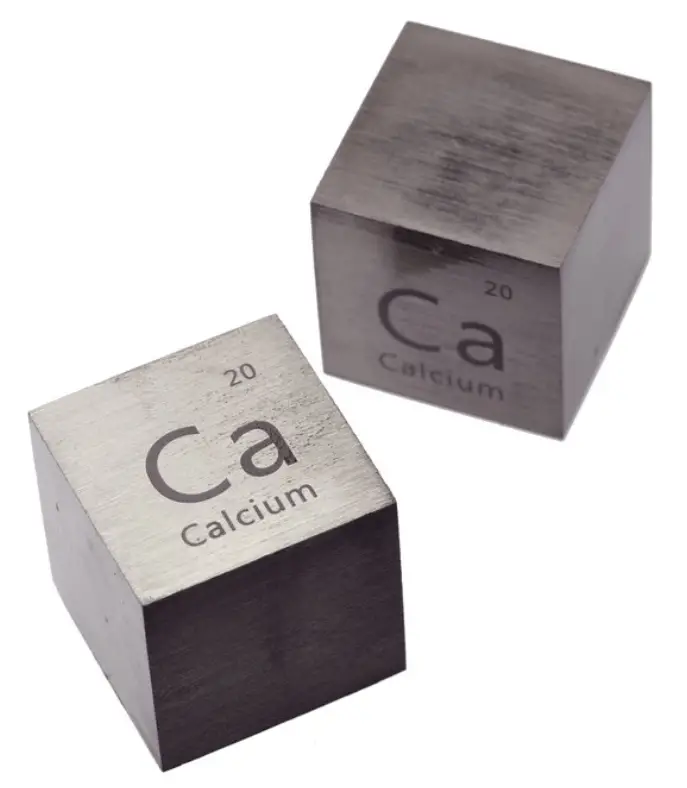

Lamps like this are available for a very wide range of elements: Click the Sample Group link below to get a list of all the elements I have lamps like this for.
CALCIUM NUMBER ON PERIODIC TABLE HOW TO
To learn more about the set you can visit my page about element collecting for a general description and information about how to buy one, or you can see photographs of all the samples from the set displayed on my website in a periodic table layout or with bigger pictures in numerical order. The samples (except gases) weigh about 0.25 grams each, and the whole set comes in a very nice wooden box with a printed periodic table in the lid.

At some point their American distributor sold off the remaining stock to a man who is now selling them on eBay. Up until the early 1990's a company in Russia sold a periodic table collection with element samples. Here is the company's version (there is some variation between sets, so the pictures sometimes show different variations of the samples): Or you can see both side-by-side with bigger pictures in numerical order. You can see photographs of all the samples displayed in a periodic table format: my pictures or their pictures. I have two photographs of each sample from the set: One taken by me and one from the company. To learn more about the set you can visit my page about element collecting for a general description or the company's website which includes many photographs and pricing details. Max Whitby, the director of the company, very kindly donated a complete set to the periodic table table. The Red Green and Blue company in England sells a very nice element collection in several versions. Pure calcium really is a metal, lustrous, malleable, the works. But that's a salt, like calcium carbonate (which is, in fact, chalk). When I hear the word "calcium" I, and probably a lot of people, think of a chalky powder, like a calcium supplement pill. Calcium is fairly reactive in air, so this bottle is filled with mineral oil, which has preserved a fairly clean surface on these metal chips. I'm hoping to get some really shiny crystalline calcium under argon soon, but this bottle has the advantage of being opened already, so if I want to do any experiments with the calcium, I can get to it without having to break a glass tube. Kindly donated by David Franco, who sent many elements after seeing the slashdot discussion. The explanation of course is that you never see elemental calcium in nature: It exists only as things like calcium carbonate (limestone) and the like. This still seems strange to me, even though I've seen (and hope to get soon) beautiful mirror-bright crystals of metallic calcium.

It has to be kept under oil or inert gas because it reacts with water (not violently like sodium, but fast enough that it won't last long in moist air). It's not just a sort-of metal, it's an outright shiny, malleable, machinable metal. So it might come as somewhat of a surprise to learn that calcium is a reactive alkali earth metal. It's an essential nutrient: Your bones need calcium to grow and stay strong, and milk is a good source, hence the popularity of milk for children. My periodic table poster is now available!Ĭalcium makes me think of chalk and orange juice. You can effortlessly find every single detail about the elements from this single Interactive Periodic table.Facts, pictures, stories about the element Calcium in the Periodic Table Let me tell you how this Interactive Periodic Table will help you in your studies.ġ).
CALCIUM NUMBER ON PERIODIC TABLE FREE
Free Gift for you: Interactive Periodic Table In this way, the elements of the same group show similar chemical properties and they also have the same number of valence electrons. They are soft and can be cut easily with a kitchen knife.Īlso all the elements of group 1 have one valence electron.Īll the elements of group 18 are chemically inert (that means they do not easily react with other elements).Īnd all the elements of group 18 have a complete octet (that means they have 8 electrons in their outer shell). The elements lying in the same groups show similar chemical properties and they also have same number of valence electrons.Īll the elements of group 1 are highly reactive to water. There are total 18 vertical columns on periodic table. Groups are the vertical columns on the periodic table.


 0 kommentar(er)
0 kommentar(er)
